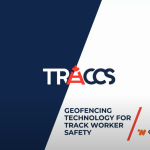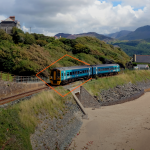Over 5,000 miles of British roads still without phone signal
Mobile phone coverage is lacking on 5,540 miles (8,916km) of British roads, potentially leaving drivers at risk in the event of an accident or breakdown, according to a new study.
The stretches of road represent 2 per cent of the length of Britain’s overall road network – which covers an estimated 246,700 miles (397,000km) in total.
The study from the RAC Foundation also found that a further 44,368 miles (71,403km) of road (18 per cent) have only partial voice coverage, meaning there are many areas where some but not all phones will receive a signal depending on the service provider they rely on.
The 10 local authorities most affected include Highland (910 miles), Powys (411 miles) and Cumbria (296 miles).
Motorists who rely on their smartphones to access the internet for route planning and to check for congestion could get into difficulty on the 5,452 miles of road with a complete absence of 3G coverage.
An additional 66,619 miles are only covered for 3G by some operators and in terms of 4G, just 51 per cent of the road network has full coverage.
However, if a mobile phone user is in a location where their mobile phone network provides no coverage but another network does, then an emergency call can still be made from that phone.
But less crucial calls, such as those to a car breakdown service, will still be off limits.
According to communications regulator Ofcom, 94 per cent of UK adults own/use a mobile phone and 76 per cent of adults have a smartphone.
The research was based on analysis of data published by Ofcom.
“The good news is that mobile coverage has improved a great deal across our road network. On our motorways, which carry around a fifth of all traffic, every mile should now have voice and basic data coverage plus a 4G signal for all but a couple of miles. As rapidly as the technology has advanced, so too have our expectations of enjoying uninterrupted connectivity.
“Hopes are high that autonomous and connected vehicles will make our roads safer and help cut congestion, but that is dependent on those vehicles being able to communicate with each other and the infrastructure around them. This analysis shows that there is still work to be done to make constant and comprehensive coverage a reality.”
RAC Foundation director Steve Gooding







